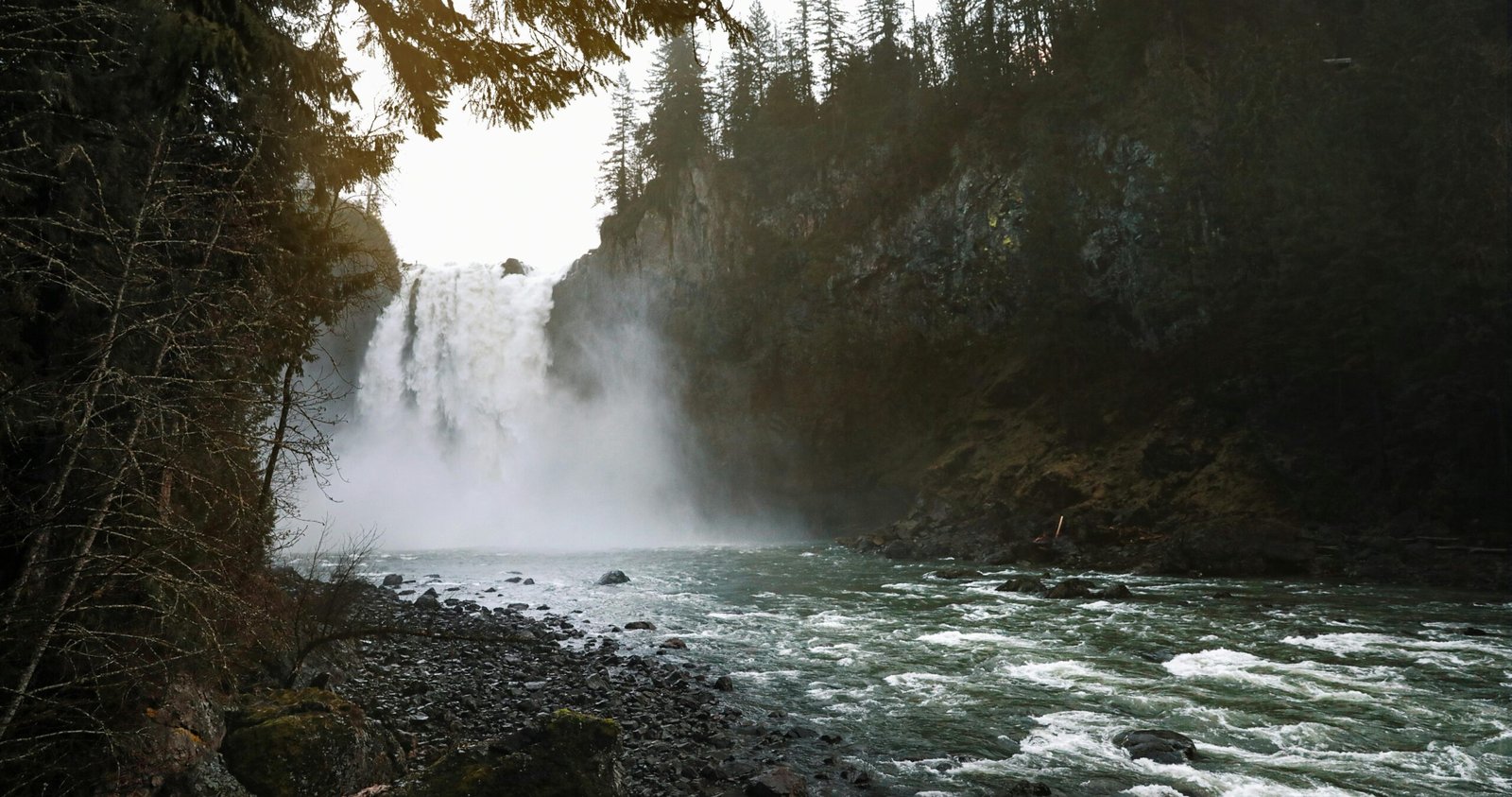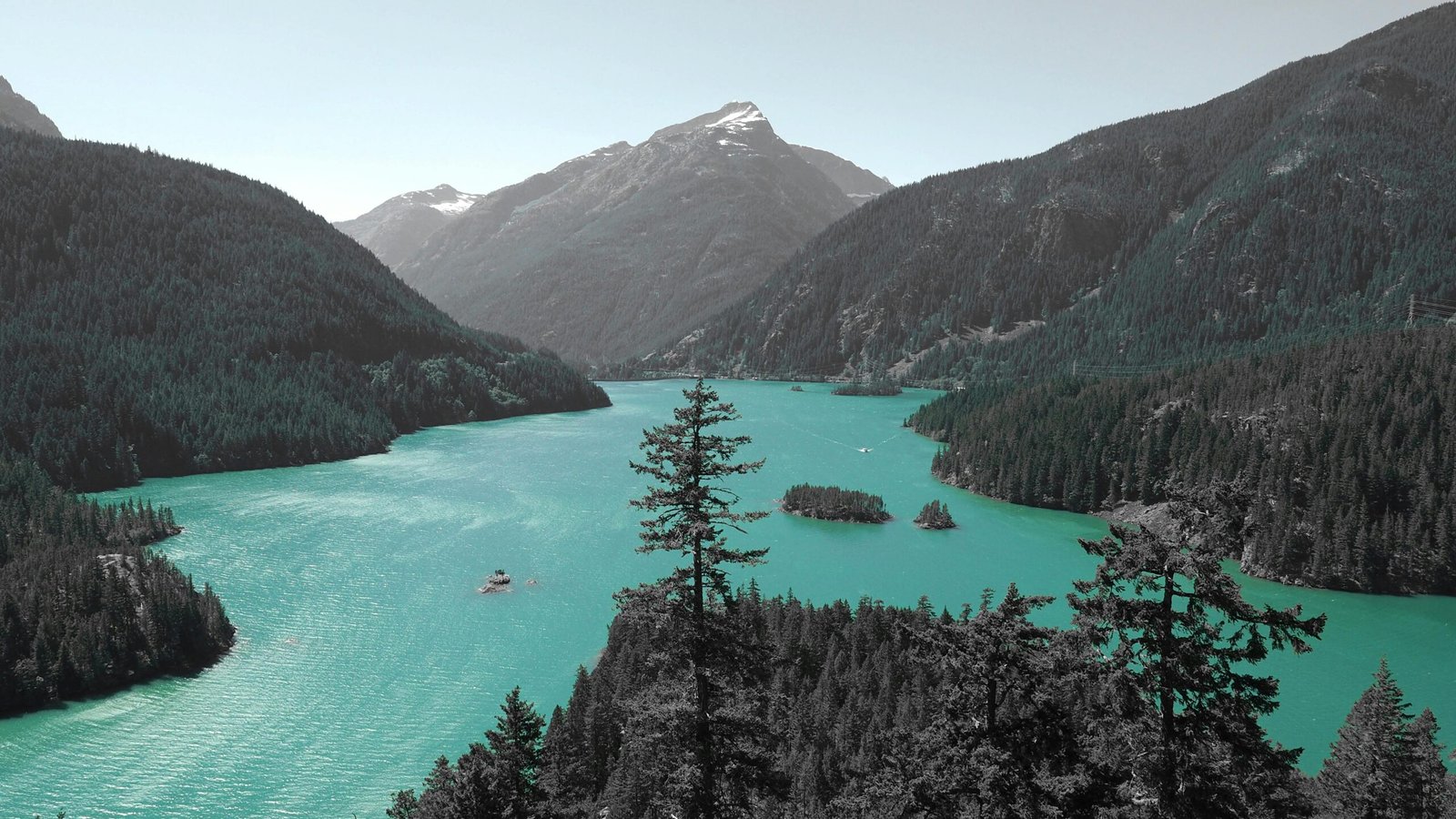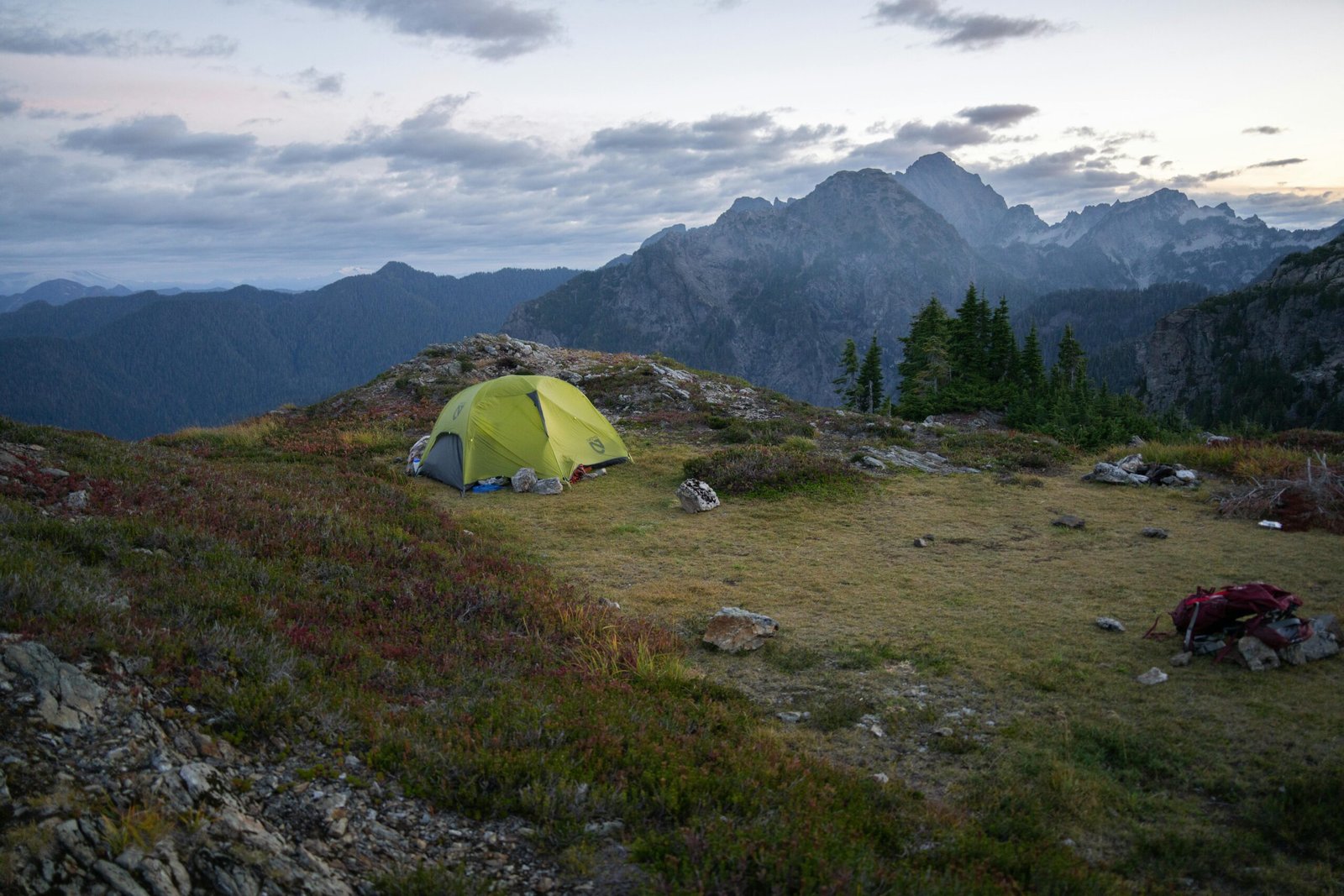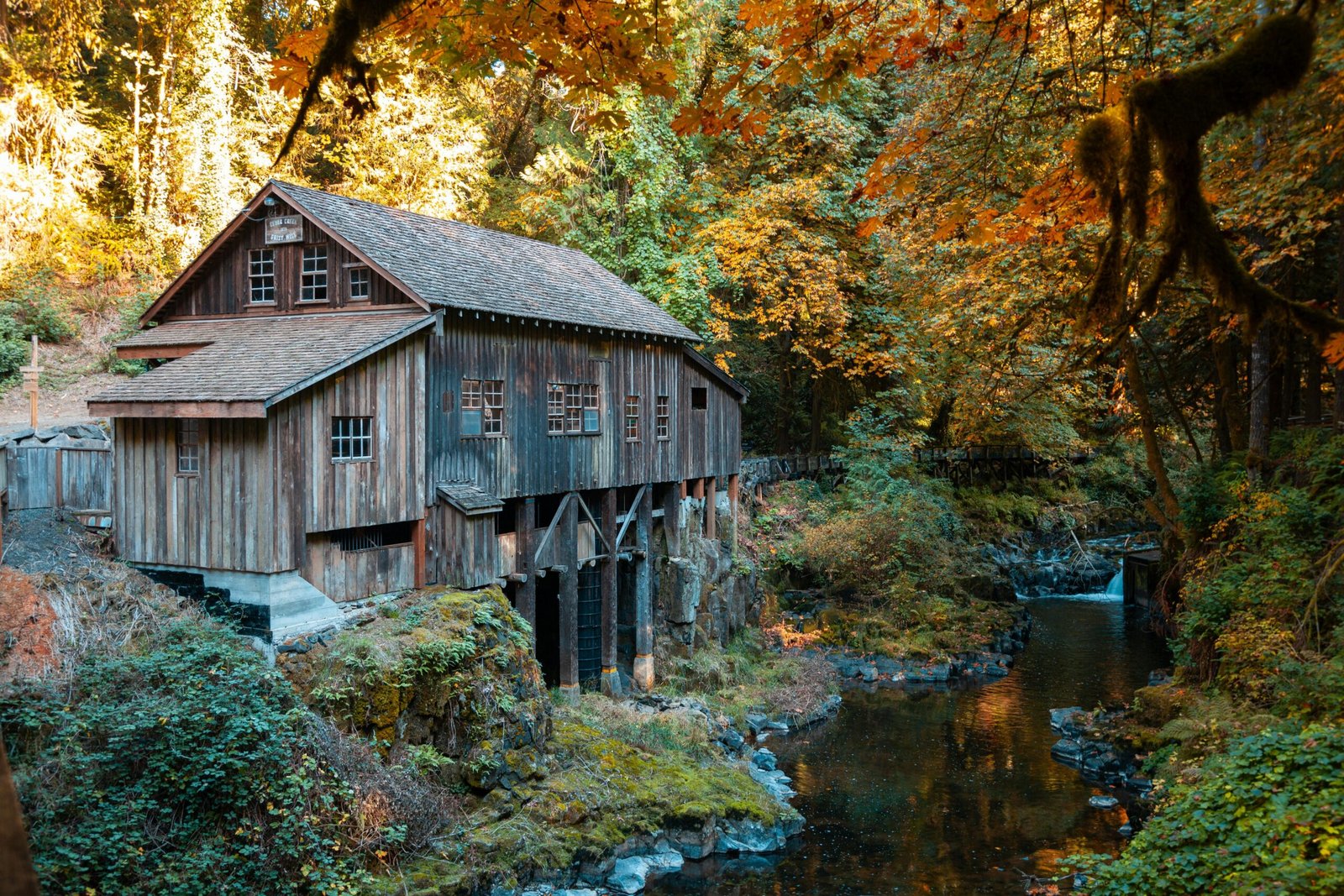Start Your Deep-Wild Yellowstone Day
If you’ve hit the classic Yellowstone stops and want something quieter, this route gives you space to breathe. It’s a good fit for NW hikers who love solitude on Cascade ridges but want a new kind of wild.
Yellowstone feels bigger, wider and more open. The payoff is freedom and quiet you won’t find on boardwalks near the major geysers.
Why This Trail Stands Out
Most visitors stick to short loops and roadside viewpoints. This hike pulls you away from that flow and into real backcountry feel without needing a full expedition.
Expect wide plains, pockets of forest, open ridgelines and long views. Even in summer, you can go minutes without seeing another person.
Trail Basics and What to Expect
Distance runs about 7 to 9 miles round-trip depending on which spur trail you take. Elevation gain is moderate but steady.
Terrain includes lodgepole pine stands, exposed hillsides, volcanic soil and sweeping meadows.
Wildlife can include elk, bison and pronghorn. You may hear coyotes or spot a distant wolf with luck and patience.
Best season is late spring to early fall. Early storms can roll in fast, so pack a warm layer even in July. Afternoon wind on higher ridges is common.
How It Connects to PNW Hiking Style
NW hikers know shade, roots and damp air. Yellowstone flips that script. You get big sky, dry soil and miles of open horizon.
The rhythm is different but familiar. You still move with the same quiet, aware mindset you use in the Olympics or the Wallowas. You watch wildlife signs, stay alert and give nature space.
Think of it as trading deep moss for sagebrush, river canyons for open basins and misty mornings for bright, wide sunlight.
Wildlife Safety for Northwest Hikers
If you’ve hiked in bear country in Washington, Idaho or Montana, the basics carry over. Bring bear spray and know how to use it.
Follow safe-distance rules:
– Stay at least 25 yards from most wildlife
– Stay 100 yards from bears and wolves
(Official guidance: https://www.nps.gov/yell/planyourvisit/safety.htm)
Never walk toward an animal for a photo. Keep food sealed and hike in small groups if possible.
Even on a quiet trail, Yellowstone animals can appear without warning. Stay present, scan ahead and avoid narrow brushy spots at dusk.
Smart Gear for This Terrain
Wear boots with good traction. Volcanic soil can be loose and dusty.
Pack a rain shell and warm layer because weather snaps fast at elevation.
Bring sun protection for long exposed sections. Carry more water than you think you’ll need since refill points are rare.
Start early. You’ll beat the crowds and hit ridge views in soft morning light. Early starts also help avoid afternoon thunderstorms from mid-July into early August.
Best Time to Go and Conditions to Watch
Late June through September offers the safest trail access. Snowmelt can linger on shaded slopes in early summer.
Some road or trail closures appear with little notice. Always check the National Park Service current conditions page:
https://www.nps.gov/yell/planyourvisit/conditions.htm
In fall, temperatures drop quickly once the sun dips. Bring gloves and a warm hat even if the day starts mild.
Takeaway for NW Explorers
If you love the Cascades, Wallowas or North Idaho mountains, this Yellowstone hike feels like a cousin. It’s not polished or crowded. It’s raw, quiet and honest.
You’ll walk through big country, hear the wind stretch across open hills and feel a deeper kind of stillness.
Go early. Pack smart. Respect wildlife and weather. This is a chance to see Yellowstone the way most visitors never do.





